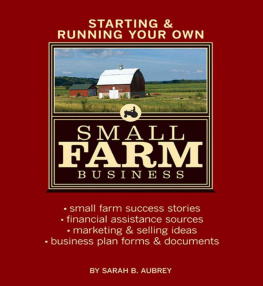Julia Shanks - The Farmer’s Office: Tools, Tips and Templates to Successfully Manage a Growing Farm Business
Here you can read online Julia Shanks - The Farmer’s Office: Tools, Tips and Templates to Successfully Manage a Growing Farm Business full text of the book (entire story) in english for free. Download pdf and epub, get meaning, cover and reviews about this ebook. year: 2016, publisher: New Society Publishers, genre: Business. Description of the work, (preface) as well as reviews are available. Best literature library LitArk.com created for fans of good reading and offers a wide selection of genres:
Romance novel
Science fiction
Adventure
Detective
Science
History
Home and family
Prose
Art
Politics
Computer
Non-fiction
Religion
Business
Children
Humor
Choose a favorite category and find really read worthwhile books. Enjoy immersion in the world of imagination, feel the emotions of the characters or learn something new for yourself, make an fascinating discovery.
- Book:The Farmer’s Office: Tools, Tips and Templates to Successfully Manage a Growing Farm Business
- Author:
- Publisher:New Society Publishers
- Genre:
- Year:2016
- Rating:4 / 5
- Favourites:Add to favourites
- Your mark:
The Farmer’s Office: Tools, Tips and Templates to Successfully Manage a Growing Farm Business: summary, description and annotation
We offer to read an annotation, description, summary or preface (depends on what the author of the book "The Farmer’s Office: Tools, Tips and Templates to Successfully Manage a Growing Farm Business" wrote himself). If you haven't found the necessary information about the book — write in the comments, we will try to find it.
You decided to become a farmer because you love being outside, working the land and making a difference in the way we eat and farm.
And when you decided to become a farmer, you also became an entrepreneur and business person. In order to be ecologically and financially sustainable, you must understand the basics of accounting and bookkeeping, and learn how to manage a growing business.
Author Julia Shanks distills years of teaching and business consulting with farmers into this comprehensive, accessible guide. She covers all aspects of launching, running and growing a successful farm business through effective bookkeeping and business management, providing tools to make managerial decisions, apply for a loan or other financing, and offering general business and strategy advice for growing a business.
Whether youve been farming for many years or just getting started, The Farmers Office gives you the tools needed to think like an entrepreneur and thoughtfully manage your business for success.
Julia Shanks works with food and agricultural entrepreneurs to achieve financial and operational sustainability. She has worked with a range of beginning and established farmers, providing technical assistance and business coaching that has allowed them to launch, stabilize and grow their ventures. A frequent lecturer on sustainable food systems and accounting, she sits on the advisory board of Future Chefs and is the regional leader of Slow Money Boston. Together with Brett Grohsgal, she is also co-author of The Farmers Market Cookbook.
Julia Shanks: author's other books
Who wrote The Farmer’s Office: Tools, Tips and Templates to Successfully Manage a Growing Farm Business? Find out the surname, the name of the author of the book and a list of all author's works by series.

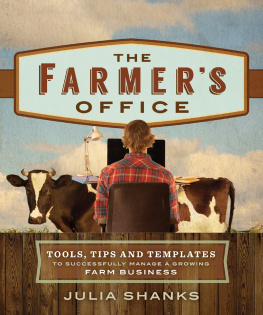
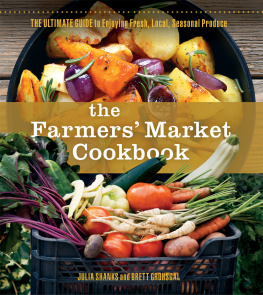
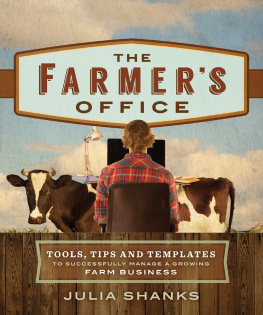

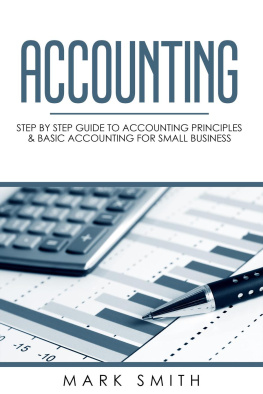
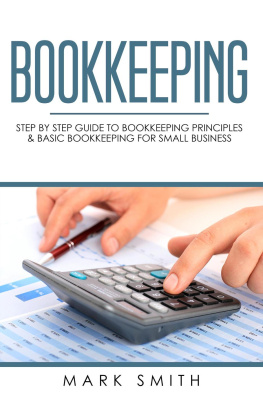

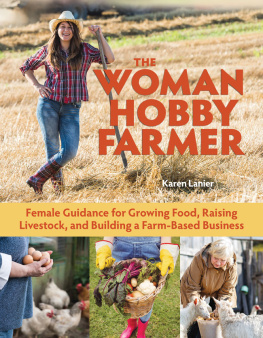
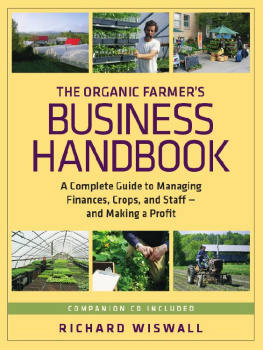
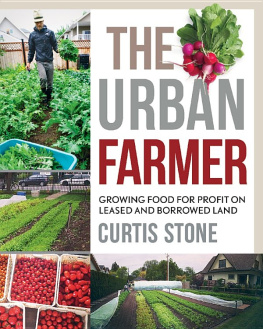
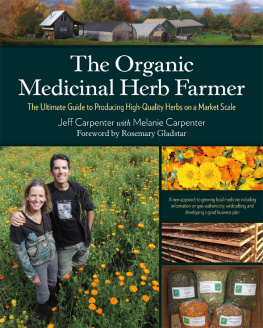
![Jane E. Kelly - Bookkeeping and Accounting All-in-One For Dummies [UK edition]](/uploads/posts/book/80164/thumbs/jane-e-kelly-bookkeeping-and-accounting.jpg)
